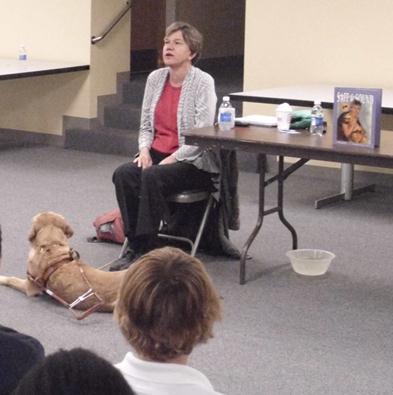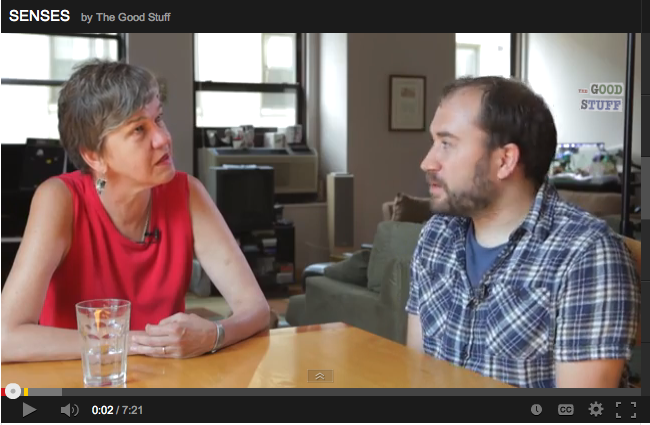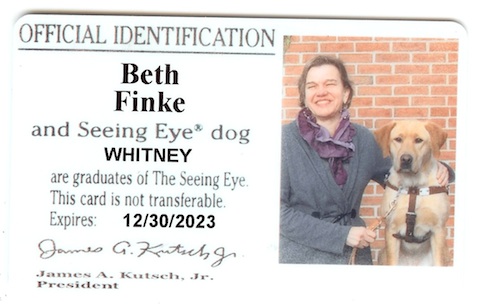Here’s an understatement: I learn a lot about history by listening to the essays the writers in my memoir groups read out loud every week in class. Last week I asked them to write about a meaningful object they’d lost, broken, or destroyed, and then explain why that object had been so meaningful to them. My guest blogger, 93-year-old Hanna Bratman, grew up in a Jewish family in Germany and was only 19 when she arrived, alone, in the United States. She generously agreed to let me share her very moving essay.
The Time of Loss
by Hanna Bratman

That’s Hanna, the author. (Photo by Nora Isabel Bratman)
Probably in 1936 or 37 Hitler’s need to finance the Army and the National Socialist Party had decreed that Jews could no longer own jewels, precious metal items, gold, silver , diamonds or precious stones. I well remember the day my mother carried a bag of things to the police station. Upon her return she no longer wore her beautiful diamond earrings or the ring on her finger. They just always had been a part of her attire. I had never before seen her without them. In return, to make this transaction official she received a detailed receipt from the police department.
We never talked about it.
I think it became about this time that my mother realized that Jews were indeed in for a difficult time in her Fatherland. Her belief, which she had often told, and I had heard time and time again, was this: “I was born in Germany, my husband, a pacifist in World War I, died for the Fatherland. He even got a medal for serving. What are they going to do to me?”
All our relatives and friends packed huge container boxes that we called “Lifts.” These were to be shipped through Holland on the Atlantic Ocean to America for storage as there were no more German boats allowed to go to the United States. We packed newly purchased furniture, bedding, household goods, clothing, anything you might need to start a new life in another country. We packed under the watchful eye of an official. Several Leica brand cameras were the favorite item to be included. They could be sold for needed cash.
Some of my clothes and personal things found their way into the Lift, some books, my tennis racket, ski pants, and jacket. I was especially watchful that the ski jacket was in a safe drawer, for it contained my secret: I had hidden my gold bracelet.
I could not bring myself to turn in my cherished gold bracelet that my mother had given to me for a birthday present. It rarely left my left arm. This charm bracelet had been converted from my father’s gold watch chain. I had seen him wear it. The only charm it sported was the watch fob, about the size of a quarter, with my father’s initials, M.S., in fancy script. Hitler was not going to get it to melt it down. This was mine. Hidden in my ski jacket.
I had sewn my bracelet between the quilted lining into the seams of the left sleeve, and the fob had found its way into the quilting. I was happy that it would escape Hitler’s clutches.
In 1941 we made a claim to Lloyd’s of London insurance company when they informed us that the container had been shipped on a container ship. The ship had been attacked and sunken by a German U boat. This was an act of war and the insurance did not cover war losses.
Years later the rumor had it that these Lifts never made it even to Holland. They were plundered by the Germans before they got to the safe border.
I often have wondered if someone found my father’s watch chain, MY bracelet. Over the years I have gotten several new bracelets, but I have never worn any of them.
00





